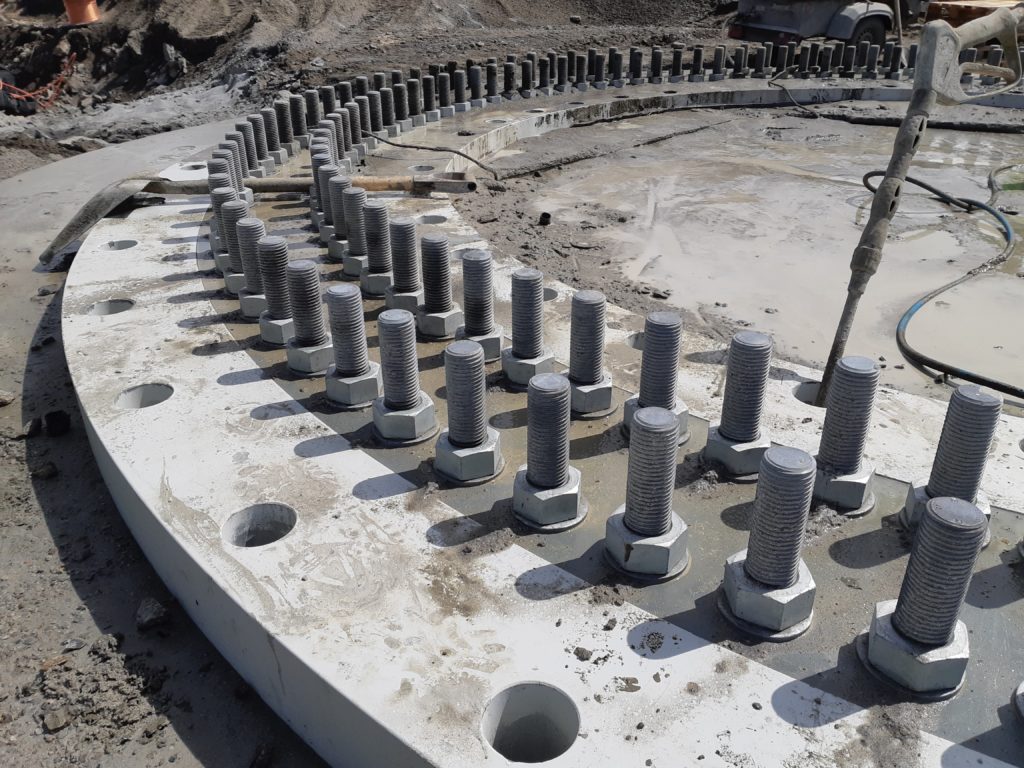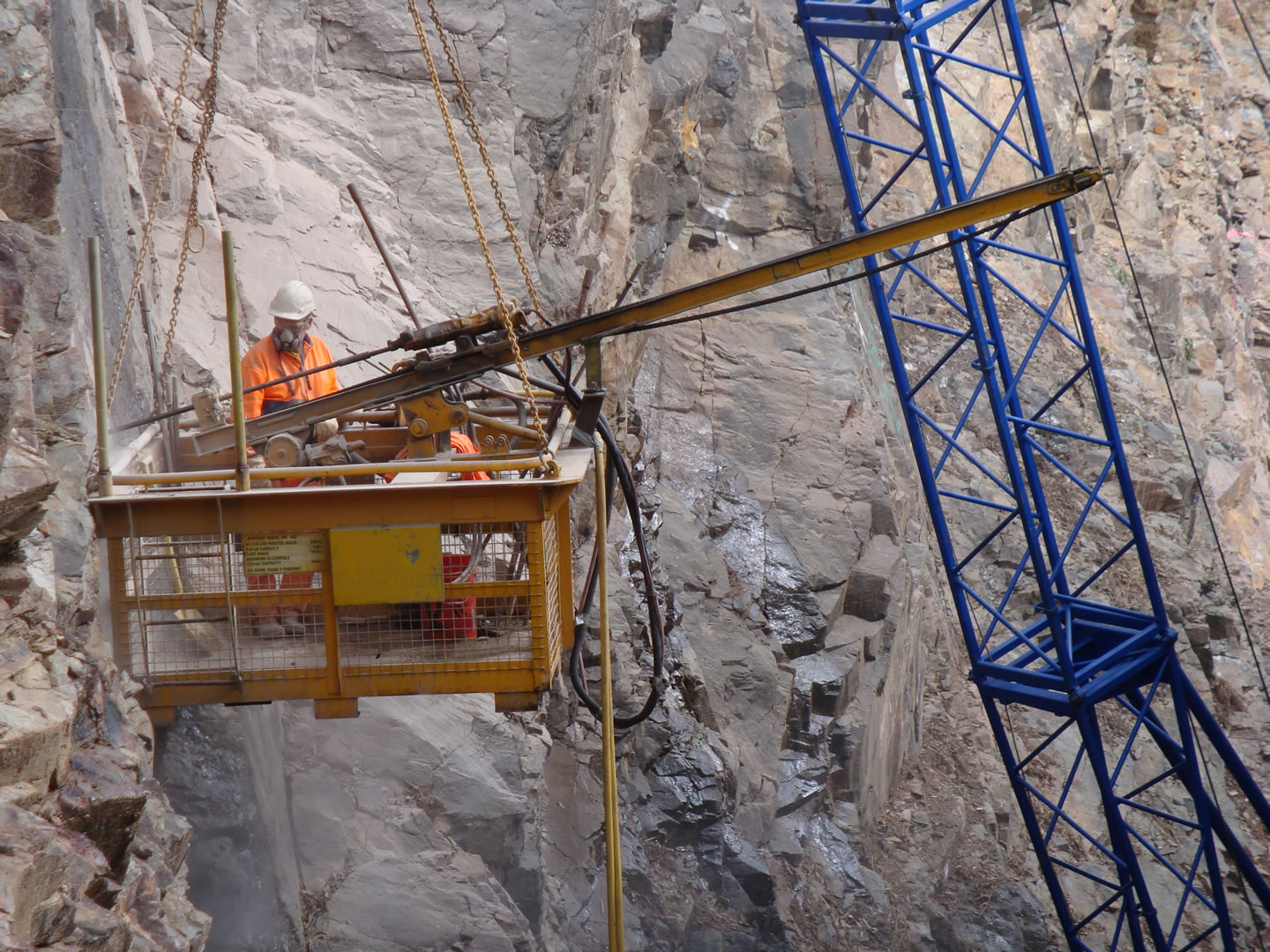Reliable Rock Anchors for Secure and Steady Structures
In the world of civil engineering, the role of trusted rock anchors can not be overstated, as they are crucial in establishing secure and secure foundations across a range of applications. These anchors not just help with lots transfer from structures to bedrock yet likewise provide essential resistance against all-natural forces, including wind and seismic activity. Recognizing the different sorts of rock anchors, their details applications, and the ins and outs of installation and upkeep is necessary for enhancing their performance. What aspects should be considered when choosing one of the most proper anchoring option for a given task?
Types of Rock Anchors

Passive anchors rely on the weight of the framework and the surrounding dirt or rock to offer resistance. They are normally utilized in applications where marginal movement is anticipated. Energetic anchors, on the various other hand, involve the application of tension through a high-strength wire or rod, creating a pre-stressed condition in the anchor. This kind is especially advantageous in dynamic settings, such as landslide-prone locations.
Grouted supports are one more considerable group, where a steel bar or cord is placed right into a drilled opening, followed by a cementitious grout. Once cured, the cement bonds with the bordering rock, developing a robust anchoring system. Each kind of rock anchor offers distinct advantages based upon the particular geological problems and structural requirements, therefore playing a critical function in the overall stability and durability of created centers.
Applications in Building
Rock supports play a critical function in numerous building and construction applications, providing crucial assistance and stability in diverse environments. These cutting-edge options are utilized in projects ranging from large framework growths to smaller household structures. One of the key applications of rock anchors is in the stablizing of slopes and keeping walls, where they assist avoid soil erosion and maintain structural integrity.
Additionally, rock supports are critical in securing foundations for bridges, passages, and skyscraper buildings, ensuring they can hold up against side forces such as wind and seismic activity. Their flexibility allows for installation in tough geological conditions, making them excellent for tasks in hilly or rough surfaces.

Trick Option Requirements
Selecting the ideal rock support for a specific application needs cautious consideration of numerous essential standards. The geological problems of the site need to be completely assessed. Understanding rock type, strength, and security is vital to ensure that the anchor will execute efficiently under tons conditions.

Another essential factor is the corrosion resistance of the anchor materials. In atmospheres subjected to dampness or chemicals, utilizing corrosion-resistant materials will certainly lengthen the life-span of the supports and maintain architectural stability gradually.
In addition, the support's setup approach need to align with the task's demands and constraints. Ease of setup, as well as the Get the facts potential effect on surrounding structures, must be thought about.
Setup Methods
Effective setup methods are vital for the effective efficiency of rock anchors. Correct setup guarantees that the supports accomplish the desired load-bearing capability and security within the geological conditions. The very first step in the installment procedure involves site analysis, where geological studies identify the rock type, problem, and any potential challenges.
As soon as the site is evaluated, the suitable exploration technique must be picked-- options include rotating exploration, diamond drilling, or percussion drilling. The selection relies on rock hardness and environmental considerations. Accurate exploration deepness and angle are important to ensure that the anchors line up with structural demands and lots distribution.
After exploration, the next stage involves cleaning the borehole to eliminate debris, which can compromise bond strength. Following this, the support is placed, and if needed, a cement or material is infused to boost attachment. The healing time of these products should be stuck to, making sure that the anchors achieve full strength before any tons is applied.
Upkeep and Assessment
Correct my explanation maintenance and evaluation of rock anchors are important to ensure their long-lasting efficiency and dependability (Williams Anchors). Normal assessments aid determine any kind of possible problems, such as rust, displacement, or architectural exhaustion that could compromise the integrity of the anchoring system
Regular evaluations must be carried out at defined periods, taking into consideration ecological variables and the particular application of the rock anchors. Visual examinations should concentrate on the exposed sections of the supports, inspecting for indicators of rust, cracks, or other abnormalities. In addition, it is critical to examine the surrounding geological conditions to identify any type of changes in soil or rock that may impact support efficiency.
Sometimes, even more innovative strategies such as load screening or non-destructive screening might be warranted to determine the supports' load-bearing capability and overall health and wellness. Appropriate documents of evaluation searchings for, maintenance tasks, and any repair work or replacements carried out is crucial for continuous analysis and conformity with market standards.
Final Thought
To conclude, dependable rock anchors play a crucial role in ensuring secure and secure foundations throughout various construction applications. By efficiently moving tons and boosting security against side pressures, these supports contribute significantly to the long life and stability of structures such as bridges, passages, and maintaining wall surfaces. Strategic option, installment, and upkeep of rock supports are important for enhancing efficiency and safeguarding public security, inevitably underscoring their significance in modern-day design techniques.